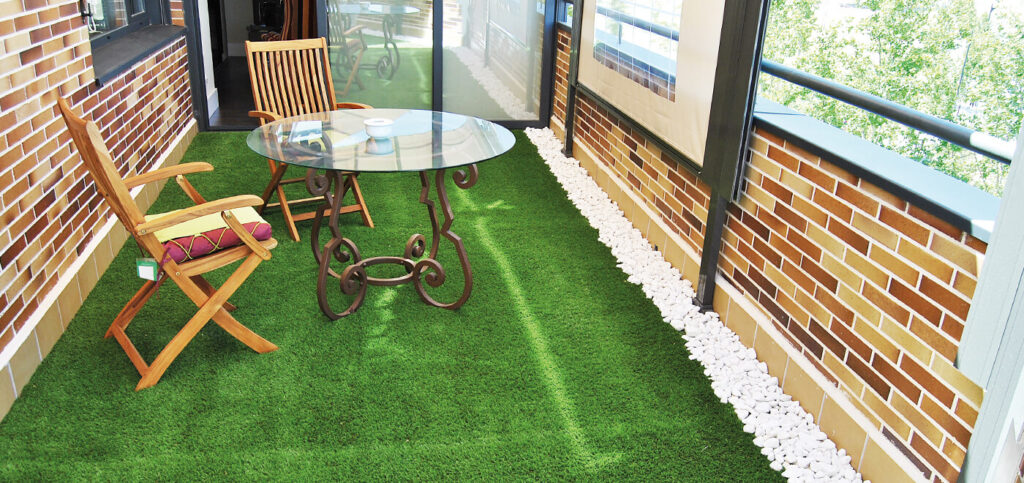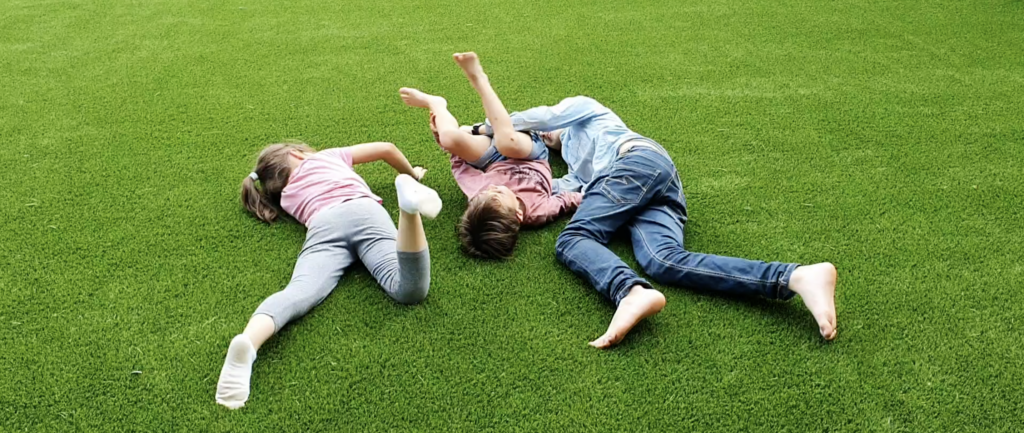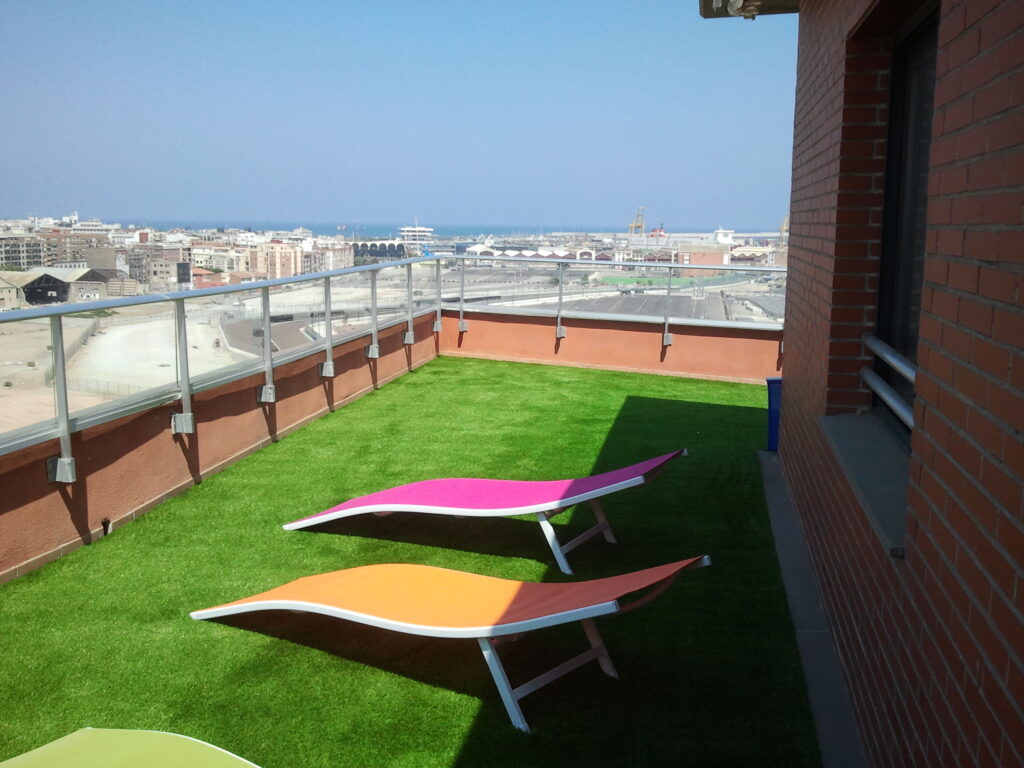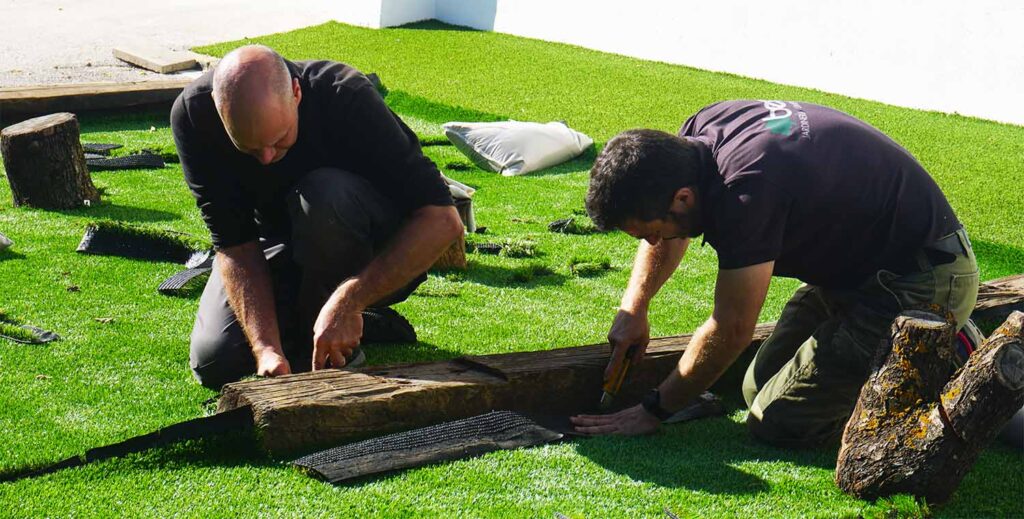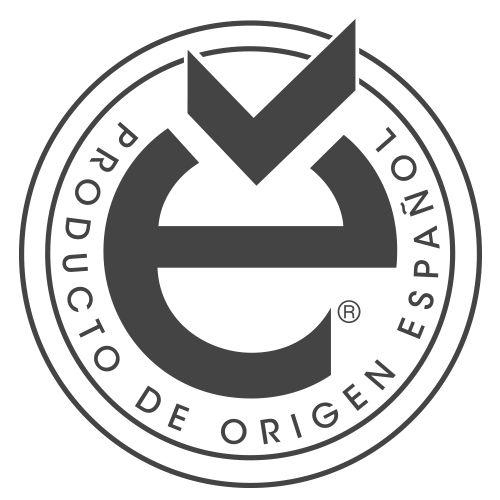In this Albergrass blog article we are going to explain how to make compost at home. It is very simple, environmentally friendly and allows you to save on substrates and fertilizers so that your pots, plants, trees… grow healthy and strong.
What is compost?
The Real Academia de la Lengua defines compost as: “Humus obtained artificially by hot biochemical decomposition of organic waste”.
Compost is obtained from organic remains that through a controlled decomposition process gives rise to a high quality ecological substrate. It is perfect for gardening, agriculture, erosion control, soil covering and recovery.
Homemade compost
If in your artificial lawn garden you have a space dedicated to horticultural crops, you have pots, ornamental plants, crops of any kind. Making your own compost at home will allow you to do your bit for the care and preservation of the environment. In addition, it helps you to save some money, not having to spend on fertilizers, fertilizers, industrial substrates. And you will enjoy the fruits of your totally organic garden. Besides, it is a fun and entertaining task that you can do with your children.
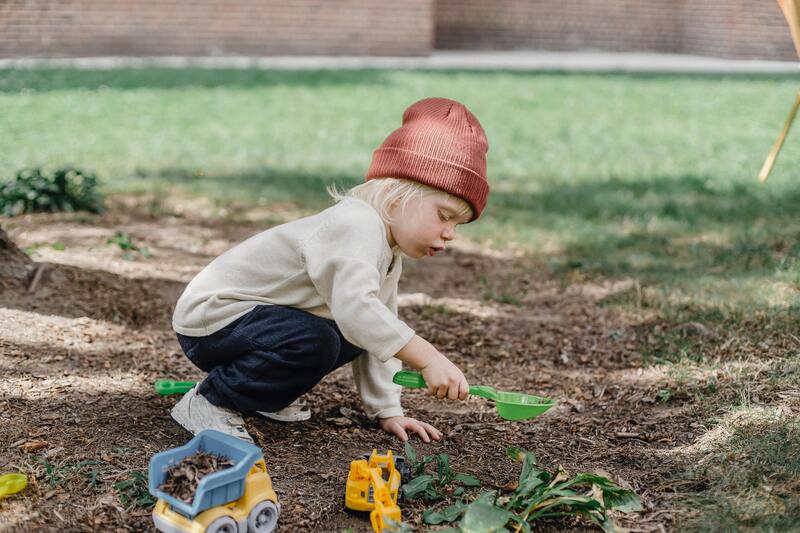
What do we need to make homemade compost?
To compost we do not need large utensils or make a large outlay. We simply need organic waste that we generate on a daily basis, a composter (a container where we will make the compost can be purchased or use a bucket that we have at home), scissors to cut the structural remains (branches, pruning …) and water for irrigation to prevent the compost from drying out.
Organic waste suitable for composting
On a daily basis, a household generates a significant amount of organic and non-organic waste. One way to reduce the amount of waste we generate is to make homemade compost that allows us to reuse organic “garbage” by turning it into compost for the garden.
All types of biodegradable waste are suitable for composting: dry leaves, fruit and vegetable scraps, animal manure, fruit pits, eggshells, nut shells, weeds, pruning waste… The greater the variety of waste the better.

Remains that are best avoided in composting
There are some residues that are better not to use because their decomposition generates bad odors and can produce pests that damage the garden or crops. Among these wastes to avoid are: oils, cigarette filters, synthetic fabrics, paper with colored ink, diapers, synthetic fabrics, charcoal ashes.
We start composting
Once we have prepared all the materials and tools needed to make compost at home, it is time to get down to work.
To obtain a quality compost it is important to respect a ratio of carbon and nitrogen of 3 to 1. That is to say 3 remains rich in carbohydrates and a rest rich in proteins or nitrogen. Knowing which remains are of each type is very simple. The brown and structural material remains are carbon and the green remains are nitrogen.
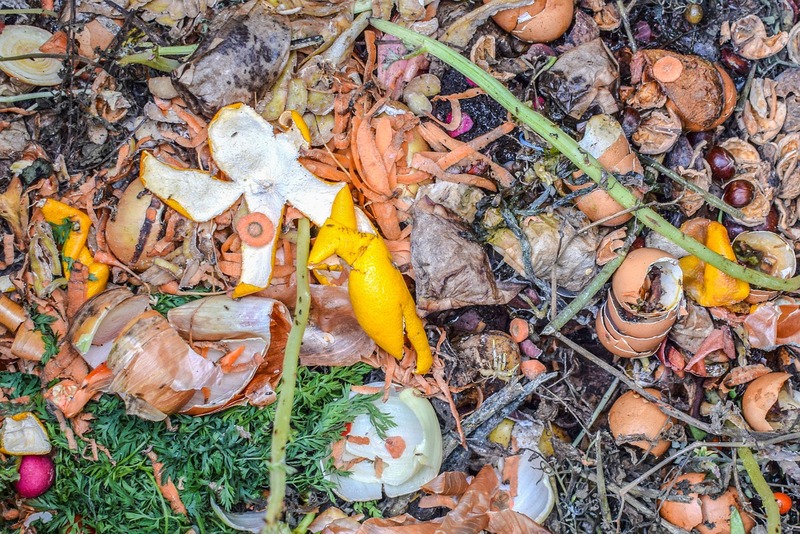
Once we have the organic wastes in this proportion, we place them in the composting bin. The remains should not be pressed or compacted and it is better to cut them into small pieces for faster decomposition. It is important that the mixture is not compacted so that the air can circulate properly and facilitate transpiration. Oxygen is essential for the decomposition process to be adequate.
Once the mixture has been mixed, it is essential to keep the substrate at optimum moisture levels. To know if they are the correct ones, it is possible to take a pile with the hand and to verify that when closing the fist some drops of water fall and when opening it the compost remains compact. If it is very dry you should water the mixture.
After about six months into the process, we can start using homemade compost. We start by using the homemade compost from the lower layers. You will notice that its aroma is very similar to the smell of the forest. Once the mixture has been extracted, we let it aerate for a couple of days and it can be spread on the crops and plants we have in the artificial turf garden. It is spread like any other fertilizer, you can use a small shovel to “sprinkle” the homemade compost.


